 The recent outbreak of salmonella at the Palomino Valley holding facilities has sparked questions about how BLM will be able to counteract the dangers of future contamination to wild horses and burros brought to the facility or transported to others.
The recent outbreak of salmonella at the Palomino Valley holding facilities has sparked questions about how BLM will be able to counteract the dangers of future contamination to wild horses and burros brought to the facility or transported to others.Research on Salmonella indicate the most common sources of transmission is through feces, contaminated food, water or the excretions of other carriers such as birds, rodents and farm animals.
It has also proven to be extremely hardy and has been recovered in soil samples more than 300 days after exposure, nine months in water, up to 30 months in dried feces, and survives freezing temperatures.
Risk factors that enhance the fecal excretion of Salmonella organisms include transportation, crowding, abrupt change in diet, intensive physical activity, antimicrobial treatment, surgery and gastrointestinal tract disorders. Recommendations included confinement, isolation and prevention of contact with other animals until five consecutive samples have tested negative. (1)
While attention is centered around the Palomino Valley facilities, questions about conditions at other BLM facilities still remain unanswered.
Karen A. Sussman, President of the International Society for the Protection of Mustangs and Burros (ISPMB) submitted a report for the Subcommittee on National Parks and Public Lands, held on June 13, 1998, which stated; “Although BLM requires its adopters to have shade and protection from the elements for wild horses and burros, BLMs facilities fail their own standards. We are also aware that BLM has knowingly sent sick horses from these facilities to adoptions without regard for the welfare of the horses or the transmittal of these illnesses to other horses.” (2)
Yet another example of how the general populace is required to adhere to exacting standards and laws that government entities are exempt from.
The following photos have been taken from BLMs Internet Adoption Website over the course of the last year and leads to such questions as: Where is the “animal police” or animal welfare groups that protect our wild horses and burros from the conditions portrayed here?
Why is there no protection for them?
-Humane Society of the United States-
2100 L. Street, NW
Washington, DC 20037
Phone: (202) 452-1100
Fax: (202) 778-6132
(1) Animal Disease Diagnostic Laboratory, Enteric Salmonellosis in Horses, http://www.addl.purdue.edu/newsletters/205/Winter/equine-es.htm
(2) Range Issues and Problems with the Wild Horse and Burro Act and Its Implementation, Field Hearing, Subcommittee on National Parks and Public Lands, Committee on Resources, House of Representatives, 105th Congress, Second Session, July 13, 1998, Reno, Nevada http://commdocs.house.gov/committees/resources/hii50579.000/hii50579_0.HTM



















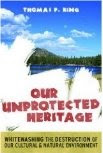



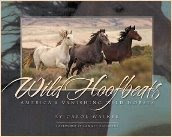




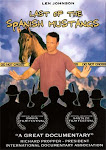





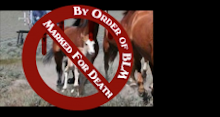
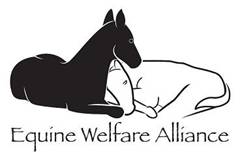
5 comments:
This is rediculous, these people need to be put in jail. the horses have no protection. they were more safe in the wild!
people like this are just tring to make a fast buck.they have no concern for the safty and health for these horses.lock them up.
BLM is out of control. They do not practice good management. I have three animals with permanent damage from BLM abuse. Enough is enough! Wild horses belong in the wild, not with these morons.
every blog I read says the same; The Mustangs are not treated fairly
the pix say 1000 words of betrayal to the Mustangs by the BLM...
they should be arrested !
THE BLM KEEPS LIVING WILD MUSTANGS IN STALLS OF MUD UP TO THEIR KNEES;
THAT IS ANIMAL CRUELTY TO THE MAX
I PLAN TO TURN THESE PIX INTO THE FEDERAL AUTHORITIES
I HOPE THE BLM "GETS THE MAX...AW
Post a Comment